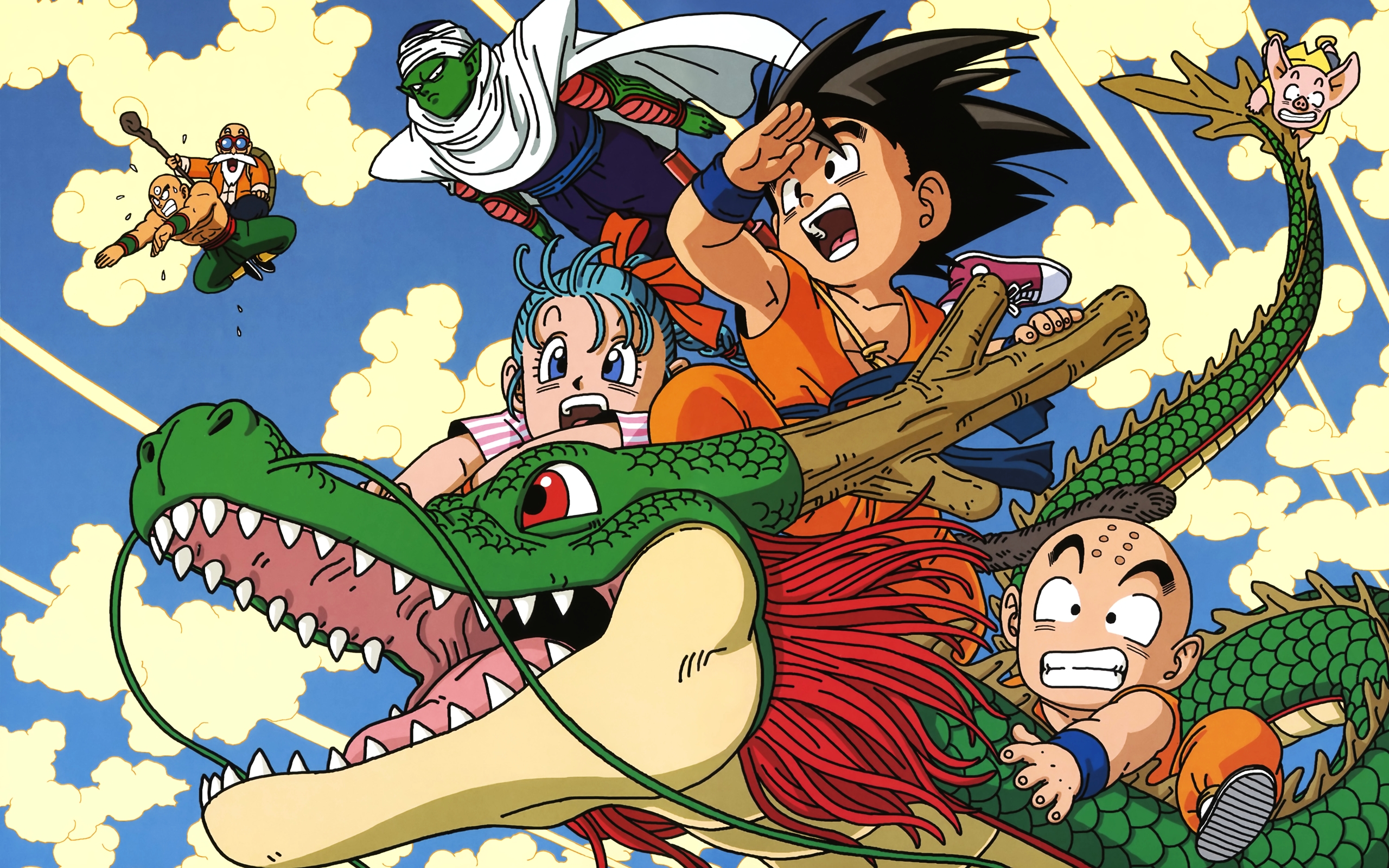The Research
There are two different ways to approach my methods: through a thematic analysis, or through a content analysis. Now a thematic analysis is qualitative, whereas a content analysis is quantitative. I decided that the best way to use mixed methods, combining both a content analysis and a thematic analysis. Collecting my data for my thematic analysis would consist of me taking detailed notes on plot, dialogue and character changes between dubbed and subbed versions of an anime. The next part of the thematic analysis would be me using the data I collected to come up with themes and changes in complexity of the anime. In the content analysis, I would code for the number of the changes and the trends in what types of changes are most common when an anime is Americanized.
I am certain that I am going to use the thematic analysis in my methods. However, I am not so certain on whether or not I should use a content analysis. First of all, since I am doing more of an exploratory research project, I can not code for the themes that are changed, until after I do my thematic analysis. This could take up a lot of time, so to make it feasible I would have to limit the number of anime episodes I could analyze.
 |
| Doing some seriously deep thinking. |
Word Count: 420







